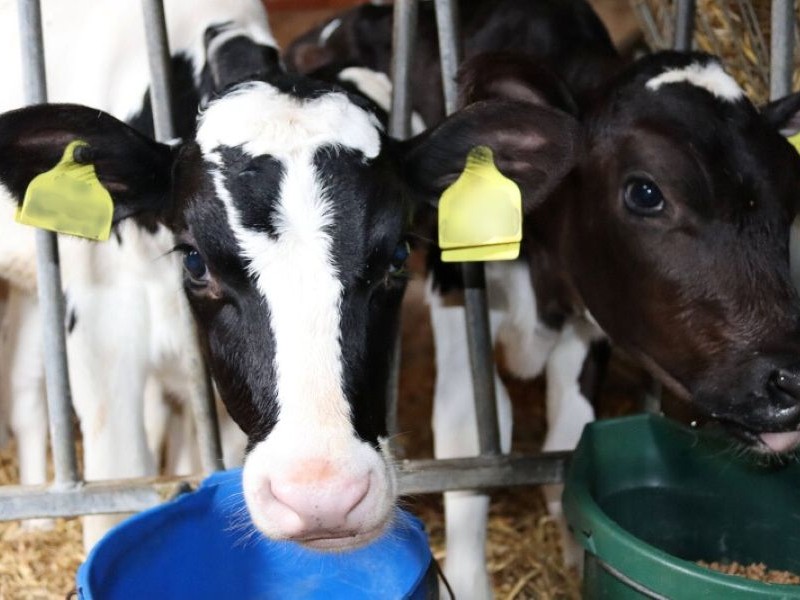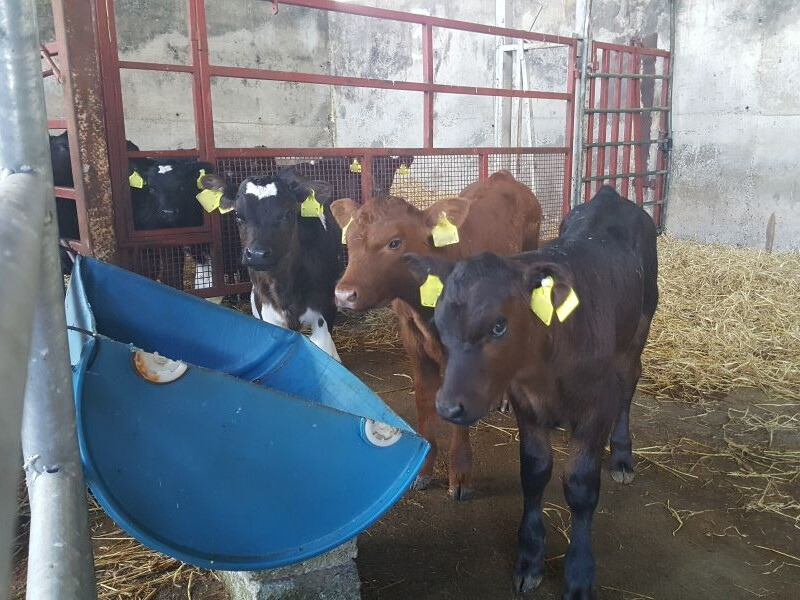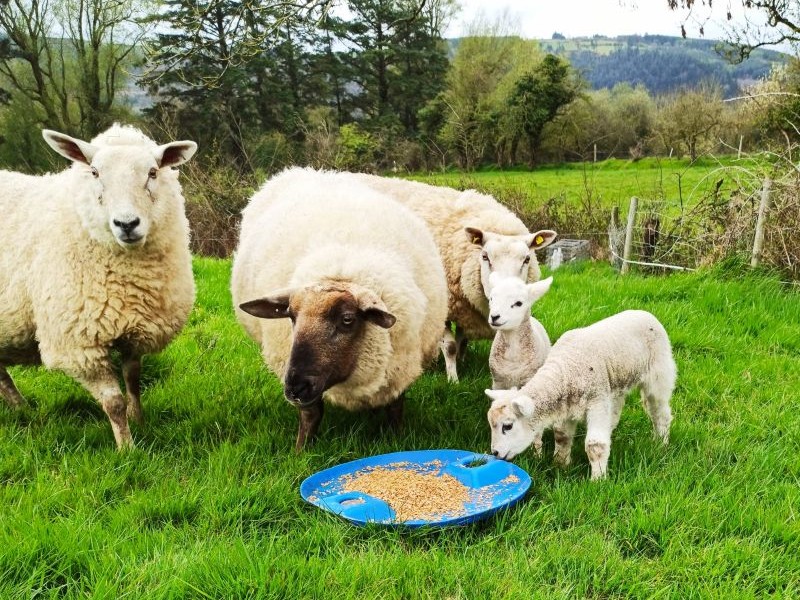The power of buttermilk
As we learn more about nutrition and health, we know the value of natural flora. Its prebiotic components and enzymes in colostrum and milk are the key to calf health and development.
Why buttermilk matters
Low-heat, fresh buttermilk is an important bridge between colostrum and milk. It carries many of the same health-promoting components and supports digestion, while protecting the calf’s gut.
Like skim milk powder, buttermilk forms a curd in the stomach. However, it also contains the outer wall of the fat globule, separated during the butter churning process. This outer skin has an important role to play in reducing gut inflammation and improving digestion.
By drying buttermilk fresh and under low heat, the casein protein, oligosaccharides and lipids within it are available in the calf’s digestive system. These components act in the same way as those found in colostrum and transition milk:
- Supporting good bacterial growth
- Protecting the gut wall
- Reducing inflammation
- Inhibiting pathogen growth
- Aiding fat digestion in the small intestine
Fresh vs. stored buttermilk
Traditionally, buttermilk was stored for long periods before drying, which reduced its nutritional value for calves. This is because low-heat buttermilk was only produced in small quantities by creameries, making its food applications limited. Today, using fresh, low-heat drying methods ensures maximum benefit.
Even small amounts – just 25 – 75 g of buttermilk per day – can make a big difference in supporting digestion and weaning.
Milk oligosaccharides: a natural advantage
The best way to explain the benefits of prebiotics or milk oligosaccharides is to compare cow’s milk to goat’s milk. Goat’s milk contains a lot but, apart from transition milk and colostrum, cow’s milk has very little. This may explains why goat’s milk seems to reduce allergies and inflammation in humans.
For calves, these oligosaccharides are equally important. They help prepare the digestive system and its microbe population for the major changes that occur around weaning. These changes can affect health for weeks, months, and even years.
The role of rumen development
A functioning rumen provides a calf with protein, which has the same amino acid specification as milk. Proper feeding ensures that transition happens smoothly, preventing digestive stress.
Calves fed a balanced diet with buttermilk transition more easily, making better use of dry feed and developing a healthier digestive system.
See the table below comparing the contribution of the rumen from week to week in calves fed 750g/day of a skim based powder and 18% concentrates adlib.
Protein consumed by calves
| Week | Protein from CMR | Protein from dry feed | Total |
|---|---|---|---|
| 1 | 150 | 2 | 152 |
| 2 | 150 | 9 | 159 |
| 3 | 150 | 21 | 171 |
| 4 | 150 | 35 | 185 |
| 5 | 150 | 60 | 210 |
| 6 | 150 | 102 | 252 |
| 7 | 150 | 170 | 320 |
| 8 | 75 | 238 | 313 |
| 9 | 0 | 272 | 272 |
| 10 | 0 | 323 | 323 |
Weaning without stress
For 50 years, successful weaning has been based on encouraging dry feed intake early in life. This approach allows the calf’s growing appetite to be satisfied with intakes of dry feed increased every day. A properly developed rumen allows calves to:
- Digest starch and fiber efficiently, due to the bugs in the rumen and large intestine
- Recycle milk proteins for energy
- Access amino acids in a form similar to milk
However, feeding excessive volumes of milk replacer – even in the first four weeks – can slow rumen development. Even though calves given these excessive volumes will consume dry feed before and after weaning, it can take three to four months for them to digest their dry feed at the same rate as calves fed 600 – 800g a day of milk replacer. The reason for this is the microflora or microbiome in the calf takes much longer to adjust when calves receive high rates of milk This can extend weaning to 12–16 weeks. That means higher costs, more labor, and greater housing needs, without reducing nutritional stress.
Gut inflammation, a feature in calves eating dry feed to support their weight but not been able to utilise it, is linked to coccidiosis and pneumonia.
Research shows that once-a-day milk feeding after four weeks is the best system for calves before weaning because milk intake is maintained but dry feed intake and rumen and intestinal development are increased, improving calf welfare post-weaning. In Europe and the UK, Shine Original is the only milk replacer tested and proven for this system, now used to rear over 250,000 calves annually.
Why protein quality matters
Calves and cows have a requirement for absorbable amino acids, not protein and definitely not crude protein. We mention this because many commentators rate calf feeds on crude protein but this is now seen as an unwise way to evaluate feed.
Here’s why:
- Newborn calves initially rely on intestinal bugs to digest milk protein.
- Over the next two to three weeks, digestion of protein improves but utilisation of absorbed protein is reduced as the crude protein level and feeding rate increase.
- As crude protein intake and feed rates rise, the calf needs more energy and water to excrete the excess protein through the kidneys.
- This process diverts energy away from immunity, leaving calves more vulnerable to disease.
Therefore, if your calves are not performing, look for higher levels of skim and buttermilk milk protein, not crude or plant protein.


